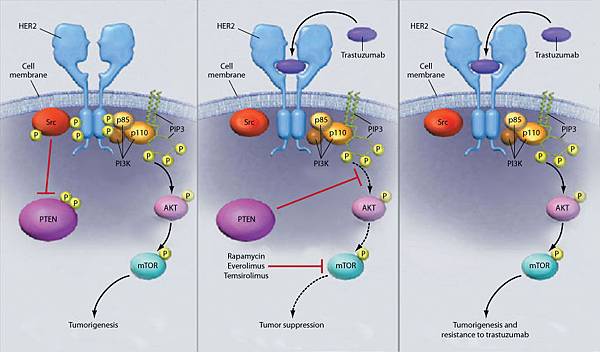






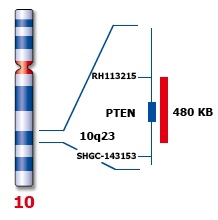











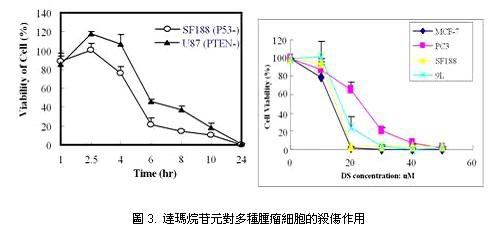

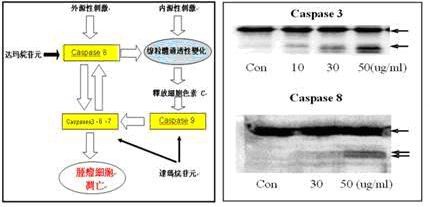










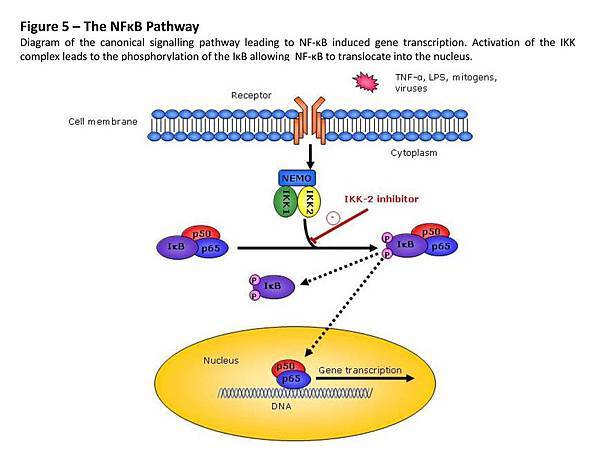
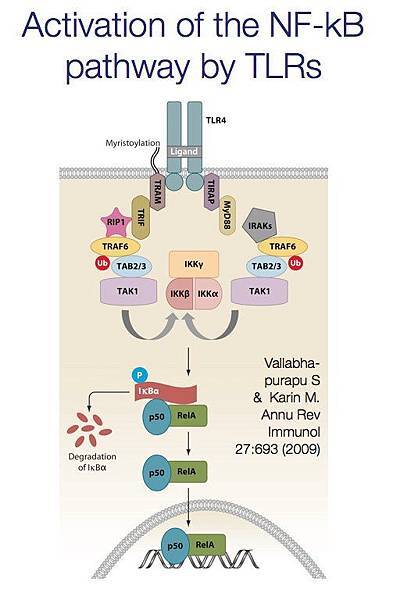



NF-κB:Nuclear factor kappa-light-chain-enhancer of activated B cells
NF-κB(nuclear factor kappa-light-chain-enhancer of activated B cells)is a protein complex that controls transcription of DNA.
NF-κB is found in almost all animal cell types and is involved in cellular responses to stimuli such as stress, cytokines, free radicals, ultraviolet irradiation, oxidized LDL, and bacterial or viral antigens.
NF-κB plays a key role in regulating the immune response to infection(κ light chains are critical components of immunoglobulins).
Incorrect regulation of NF-κB has been linked to cancer, inflammatory and autoimmune diseases, septic shock, viral infection, and improper immune development.
NF-κB has also been implicated in processes of synaptic plasticity and memory.
In brief, NF-κB can be understood to be a protein responsible for cytokine production and cell survival.
NF-κB was discovered by Dr. Ranjan Sen in the lab of Nobel Prize laureate David Baltimore via its interaction with an 11-base pair sequence in the immunoglobulin light-chain enhancer in B cells.
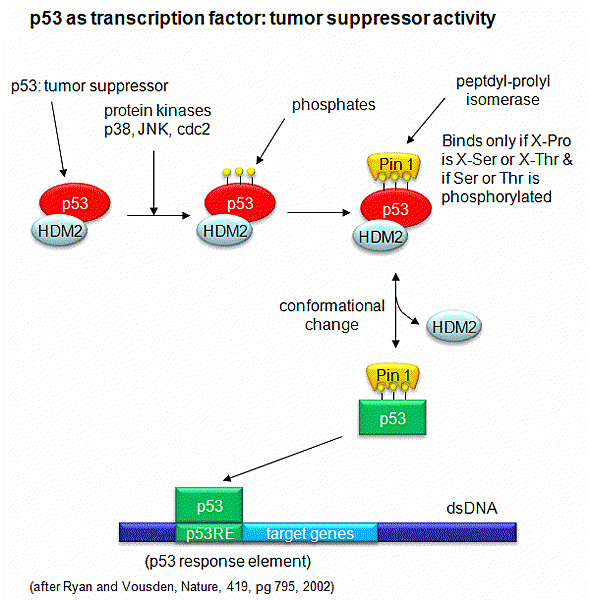


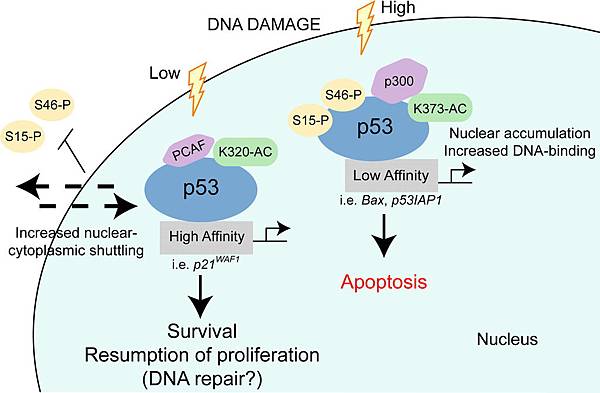
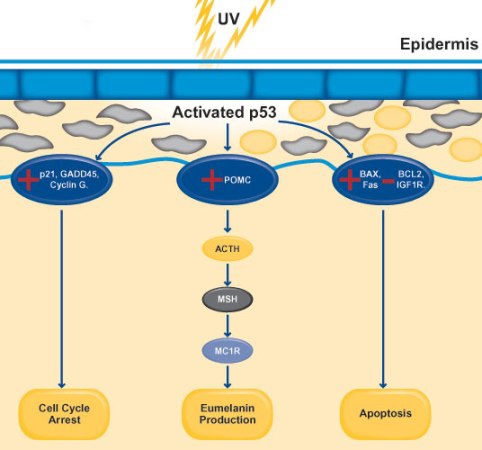
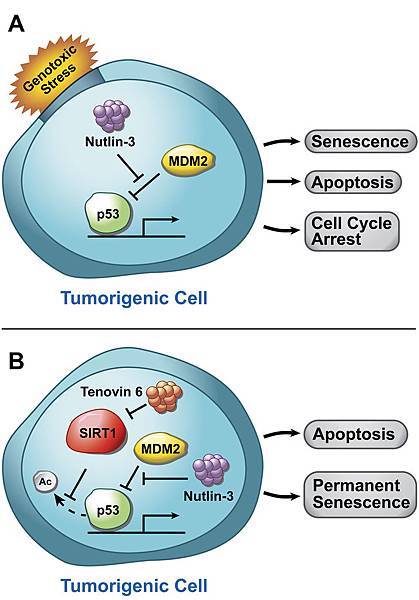
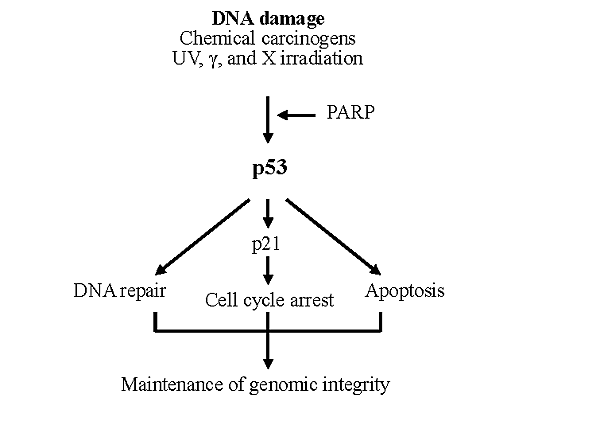
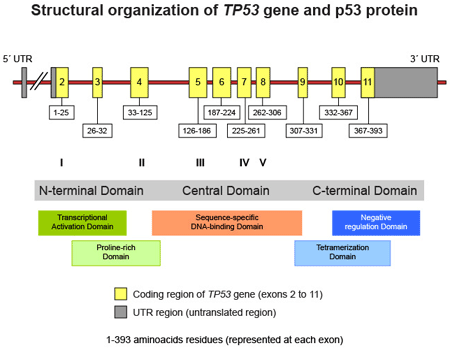
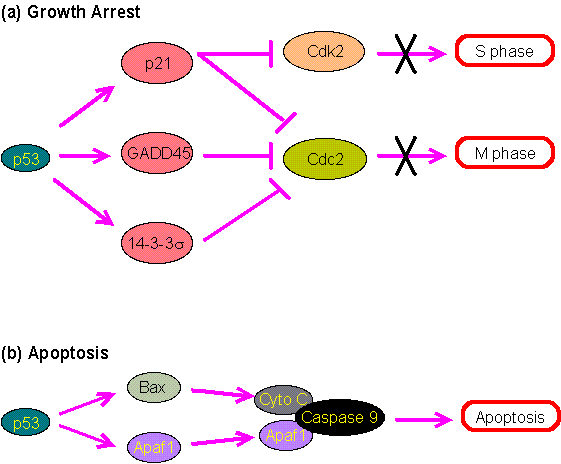

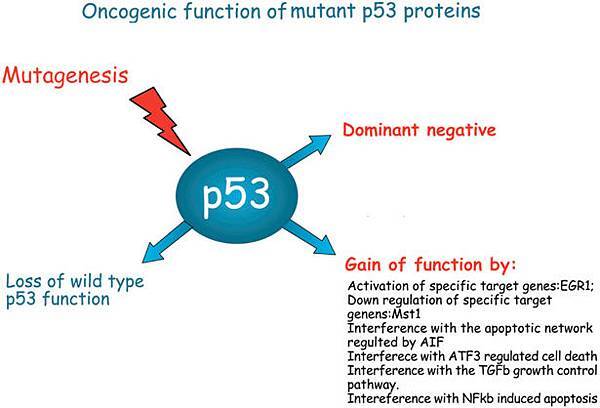
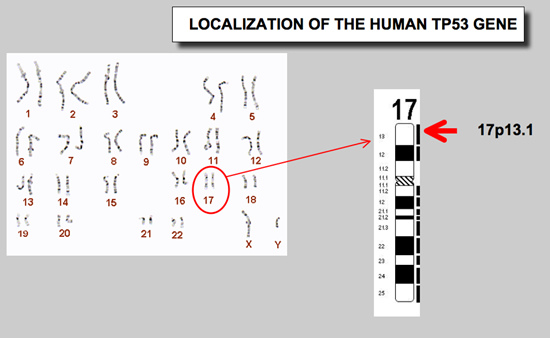

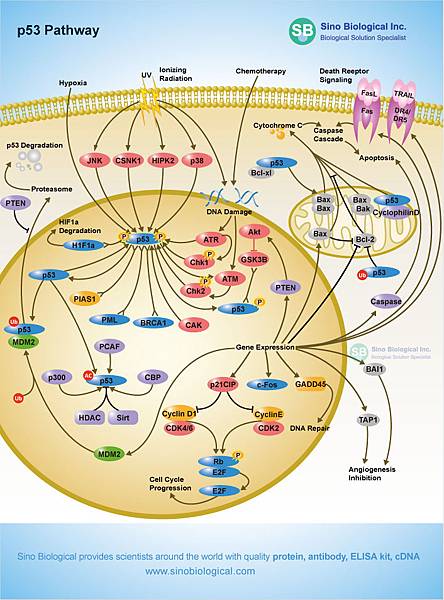
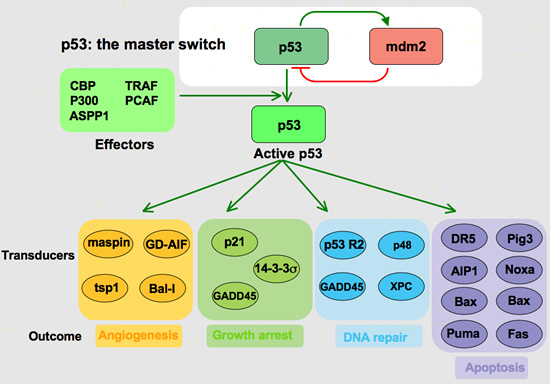




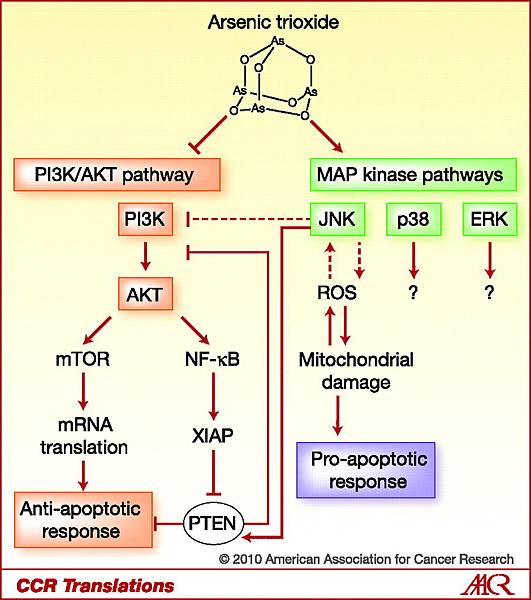



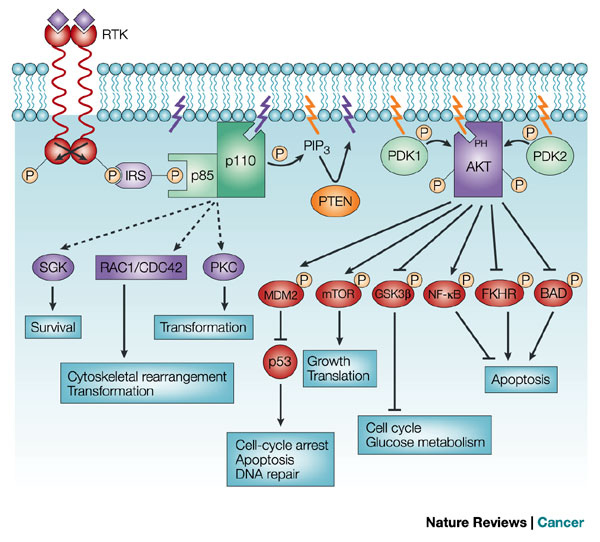
AKT(Akt1、PKB)Signal Pathway
The name Ak-t does not refer to its function. The "Ak" in Akt was a temporary classification name for a mouse bred and maintained by Jacob Furth that developed spontaneous Thymic lymphomas. The "t" stands for 'Thymoma'; the letter was added when a transforming retrovirus was isolated from the Ak strain, which was termed "Akt-8". When the oncogene encoded in this virus was discovered, it was termed v-Akt. Thus, the later identified human analogues were named accordingly.
Akt, also known as Protein Kinase B(PKB), is a serine/threonine-specific protein kinase that plays a key role in multiple cellular processes such as Glucose metabolism, Apoptosis, Cell proliferation, Transcription and Cell migration.
Akt1 is involved in Cellular survival pathways, by Inhibiting apoptotic processes. Akt1 is also able to induce Protein synthesis pathways, and is therefore a key signaling protein in the cellular pathways that lead to Skeletal muscle hypertrophy, and General tissue growth. Mouse model with complete deletion of Akt1 manifests growth retardation and increased spontaneous apoptosis in tissues such as testes and thymus. Since it can Block apoptosis, and thereby Promote cell survival, Akt1 has been implicated as a major factor in many types of cancer. Akt(now also called Akt1)was originally identified as the oncogene in the transforming retrovirus, AKT8.
Akt2 is an important signaling molecule in the Insulin signaling pathway. It is required to induce glucose transport. In a mouse which is null for Akt1 but normal for Akt2, glucose homeostasis is unperturbed, but the animals are smaller, consistent with a role for Akt1 in growth. In contrast, mice which do not have Akt2, but have normal Akt1, have mild growth deficiency and display a diabetic phenotype (insulin resistance), again consistent with the idea that Akt2 is more specific for the insulin receptor signaling pathway.
The role of Akt3 is less clear, though it appears to be predominantly expressed in the brain. It has been reported that mice lacking Akt3 have small brains.
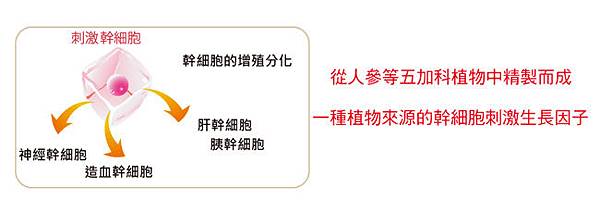
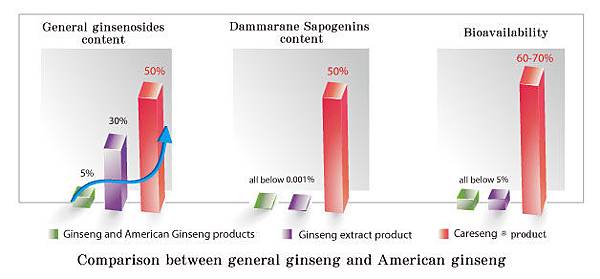
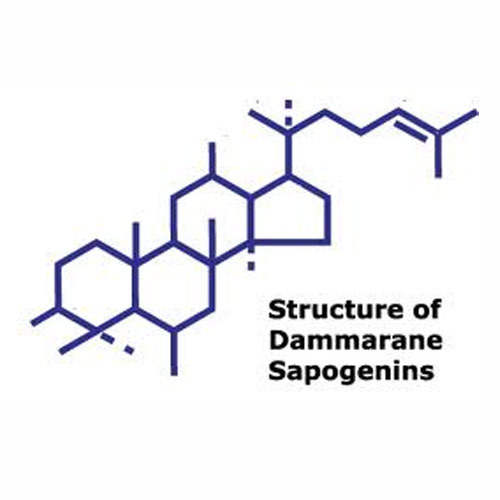

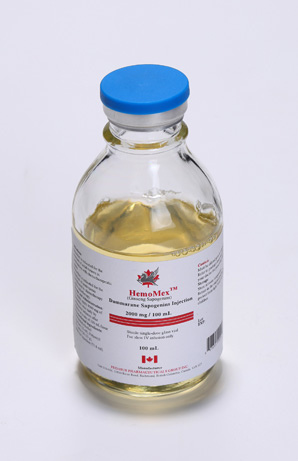
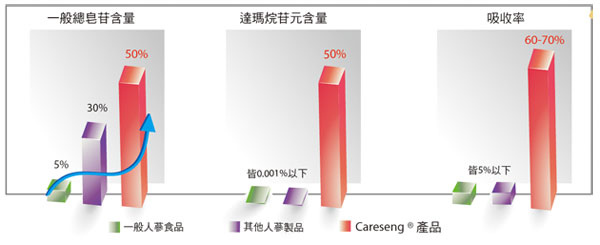
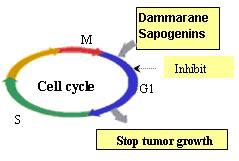












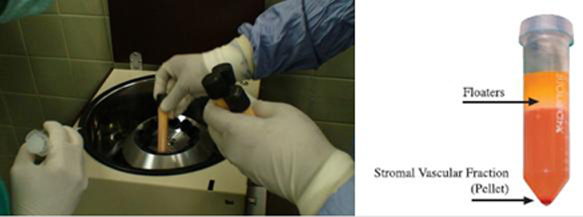




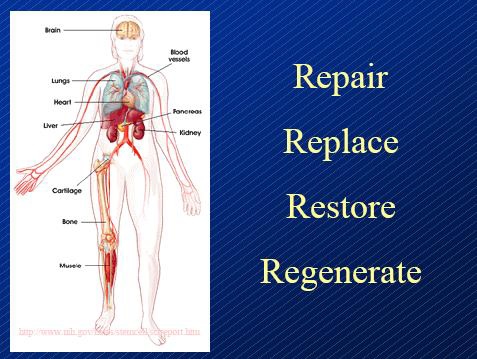


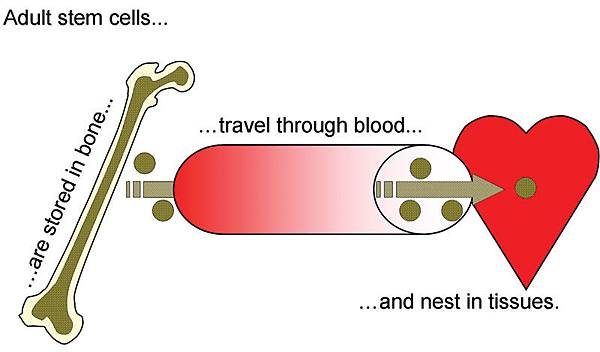

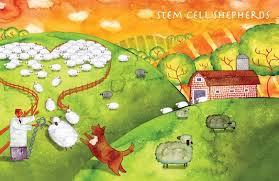
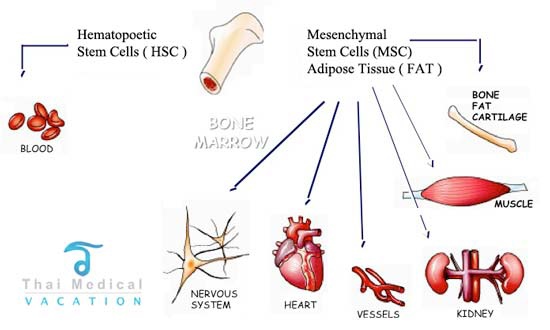
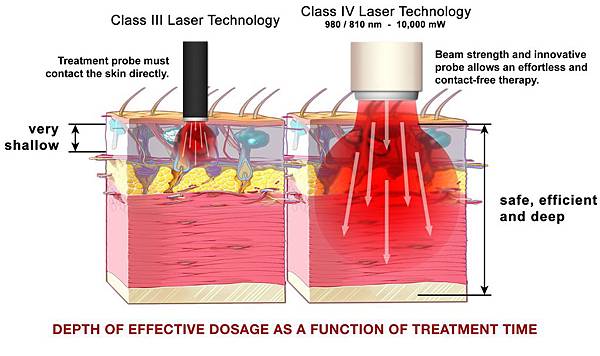
年長女性坐太久早死
作者:【記者蘇湘雲/綜合外電報導】 | 台灣新生報 – 2014年1月20日
美國一項大型研究發現,年長女性若每天坐著、進行靜態活動時間超過11小時,可能就會影響健康,提早面臨死亡威脅,其提早死亡機率會增加約百分之十二。
研究人員分析美國九萬三千名五十歲到七十九歲女性健康、活動資訊,追蹤約十二年,而出現上述結論。研究成果已發表於線上版「美國預防醫學期刊」。
研究也發現,女性如果平常較少運動,常坐在椅子、沙發上,往後罹患心血管疾病風險會增加約百分之十三,死於癌症機率會增加兩成一,往後死於心臟冠狀動脈疾病機率則會增加百分之二十七。
研究計畫主持人美國康乃爾大學營養學助理教授盧貝卡‧賽甘表示,很多人認為,平常只要保持健康身材、有運動習慣,就能維持身體健康,就算整天花很多時間坐在椅子上也沒關係。事實上,整天坐在椅子上、進行靜態活動對身體所造成的負面影響比想像來得大。
賽甘解釋,女性到了三十五歲的時候,肌肉開始逐漸流失,到了更年期,肌肉流失速度加劇,雖然規律進行舉重等抗重力運動可以減緩肌肉流失,不過女性平常還是要多活動筋骨、多運動,才能維持適當肌肉量。
賽甘建議,如果是上班族,平常最好不要一直坐在椅子上,要多起身走動、活動筋骨。若是退休人士,或擁有較多時間,最好能屋裡、屋外多走走,盡量不要一直看電視、打電腦、讀書,進行靜態活動時,中間要記得起身活動一下,對身體會比較好。